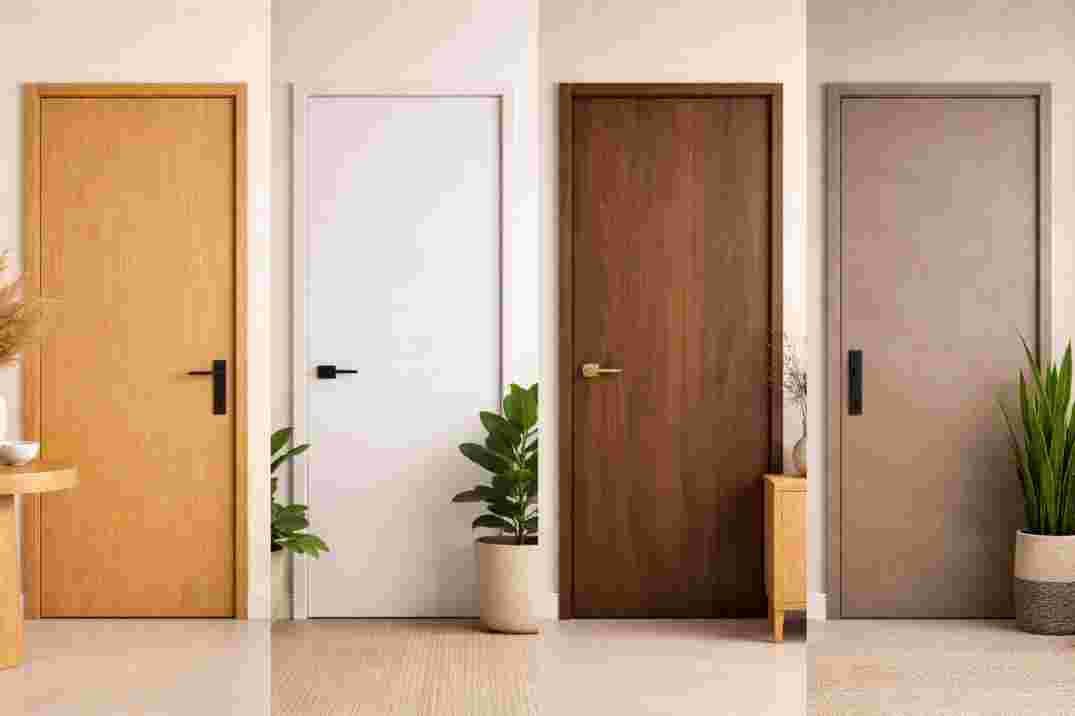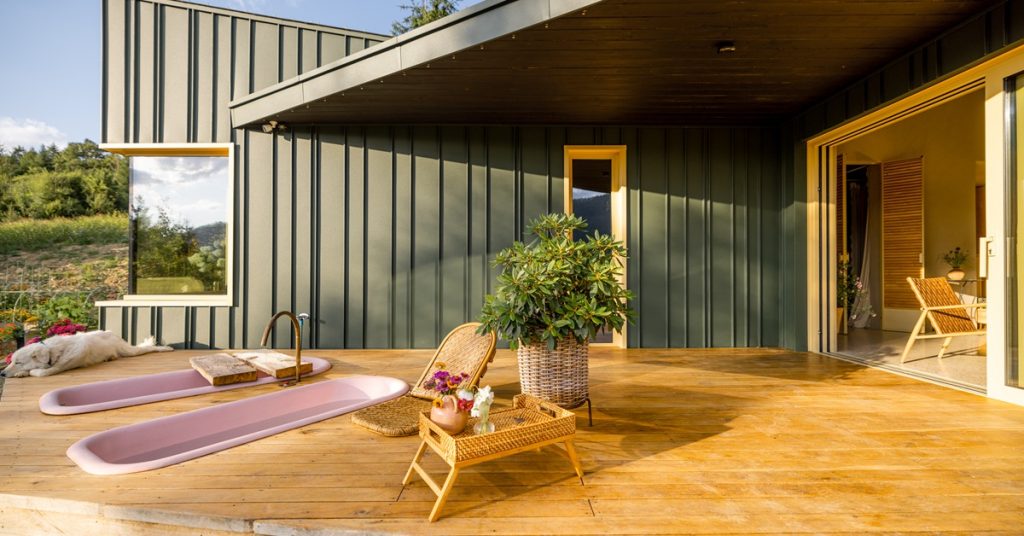
🥇India mein pehli baar - ONLY Calibrated Ply, Life-time guarantee ke saath!

As environmental awareness grows, more homeowners, builders, and designers are seeking sustainable materials for their projects. Green plywood, an eco-friendly alternative to traditional plywood, is becoming increasingly popular for its minimal environmental impact and excellent performance. In this blog, we will explore the advantages of green plywood, its various types, and how it contributes to a more sustainable future.
Table of Contents
ToggleGreen plywood refers to plywood that is manufactured using sustainable practices and eco-friendly materials. This includes sourcing wood from sustainably managed forests, using low-emission adhesives, and employing energy-efficient manufacturing processes. The goal is to reduce the environmental footprint of plywood production while maintaining high-quality and performance standards.
Transform your projects with plywood that’s as kind to the environment as it is to your design — browse our sustainable range today.
Make the eco-friendly choice without compromising on strength or style. Discover premium Plywood options now.
When selecting green plywood for your project, consider the following factors:
Green plywood offers a sustainable, high-performance alternative to traditional plywood, contributing to a healthier environment and better quality of life. By choosing green plywood for your projects, you not only support sustainable forestry and reduce harmful emissions but also ensure that your construction or renovation efforts are aligned with eco-friendly values. Whether you’re building furniture, renovating your home, or embarking on a new construction project, green plywood provides a durable, versatile, and responsible solution for modern needs.
Build a greener tomorrow with Wigwam Ply’s eco-friendly plywood, where sustainability meets unmatched strength.